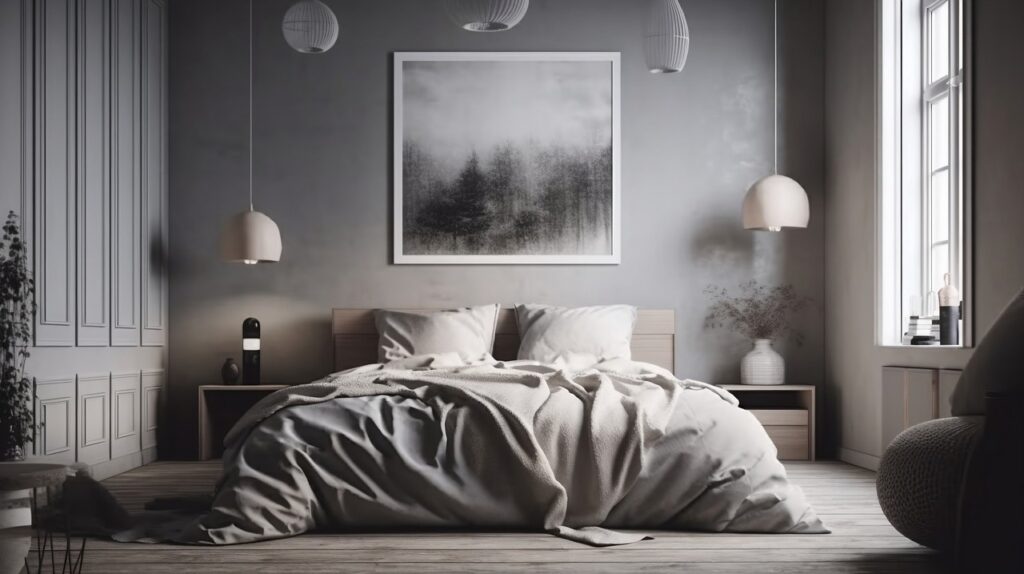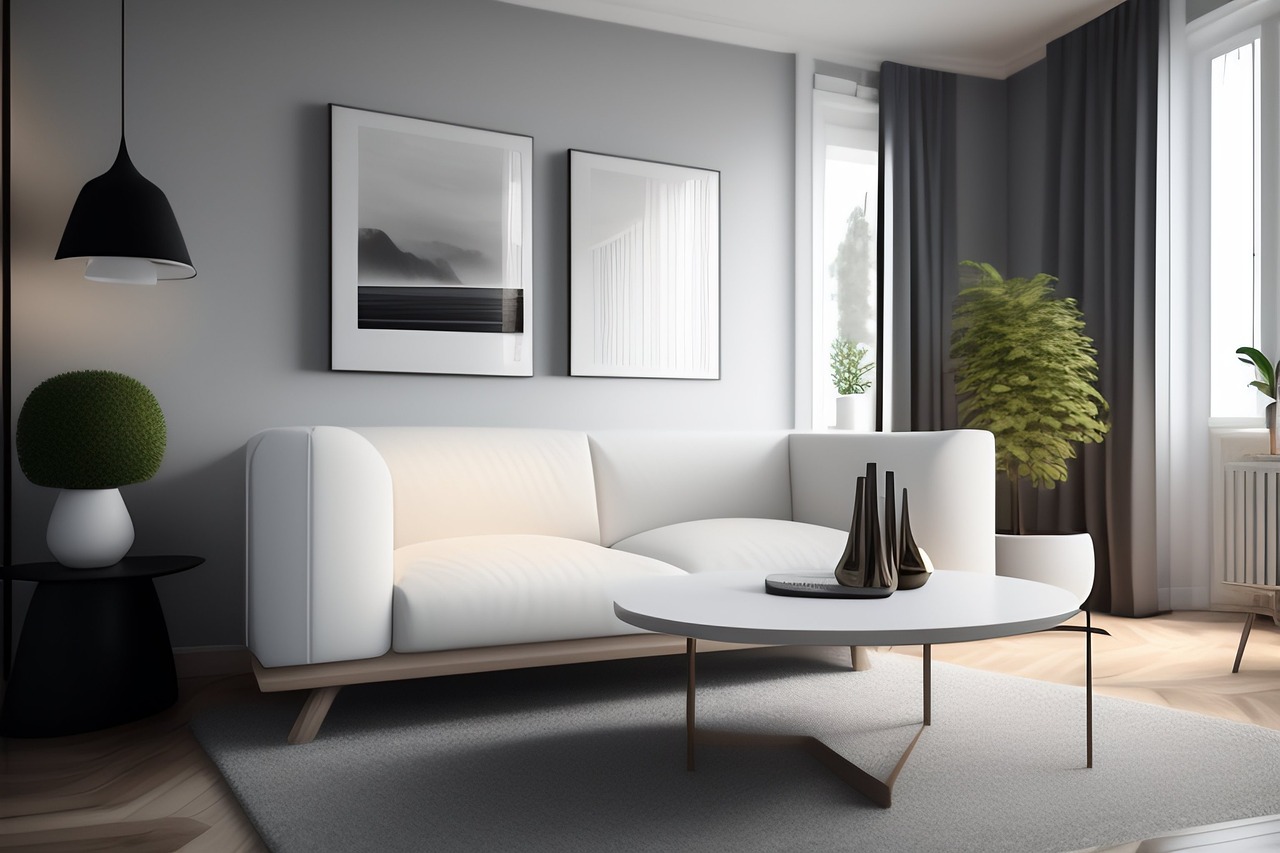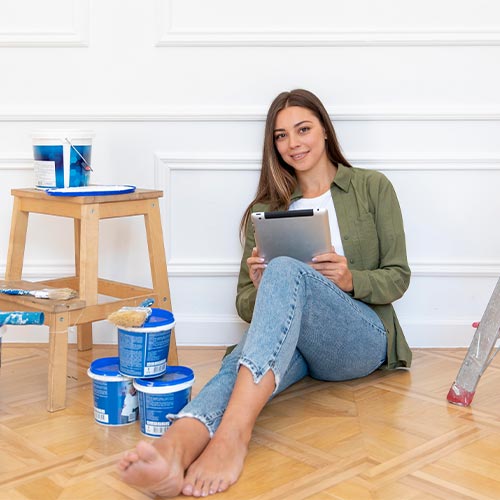Understanding the Minimalist Interior Design Style
Minimalism is not just a design philosophy; it’s a way of life. Rooted in the principle of using the minimum to achieve the maximum, it champions simplicity as its core ideology. This design movement, embraced by its devoted followers, aptly known as “minimalists,” goes beyond mere aesthetics. It’s about paring down to the essentials, creating spaces and artworks that exude a sense of tranquility and functionality.
Home Renovation Online estimate
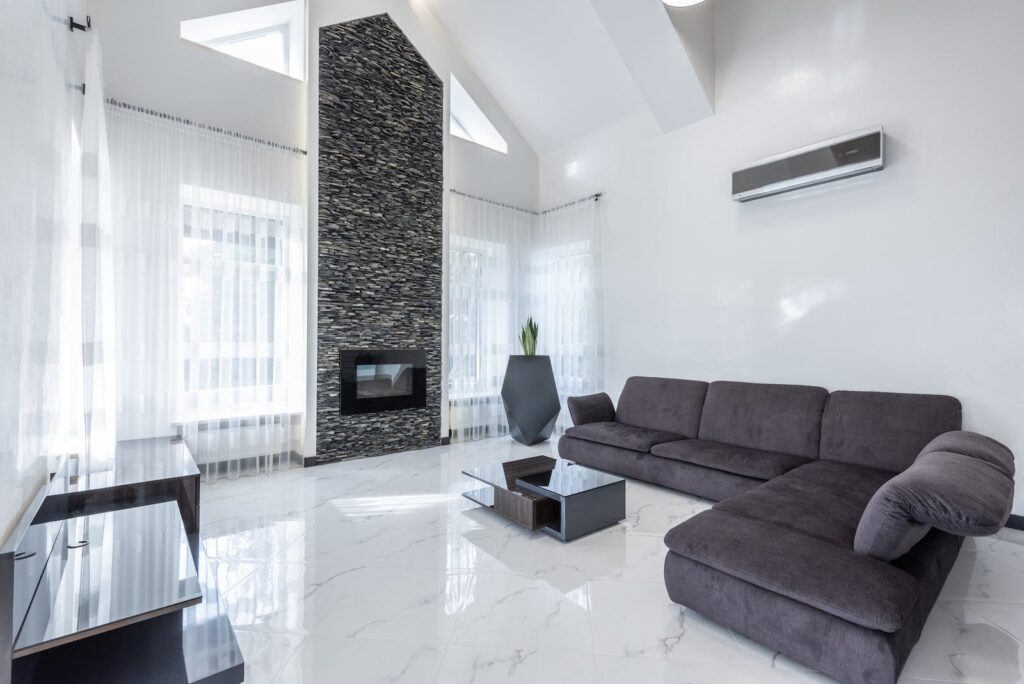
The Aesthetics of Minimalism:
Minimalist designers are renowned for their ability to create breathtaking designs using the simplest and most minimal features and details. Clean lines, uncomplicated shapes, and muted color palettes are staples of the minimalist aesthetic. But it goes deeper than just appearances. Minimalism emphasizes the importance of decluttered, open spaces, which in turn can lead to a sense of freedom and serenity.
In the world of interior design, minimalist spaces are characterized by minimal interior walls, making the room feel open and unencumbered. These spaces often incorporate unique and concealed storage solutions, allowing for a clean, unbroken visual flow. In essence, minimalism seeks to eliminate the chaos and the superfluous, focusing instead on functionality and elegance.
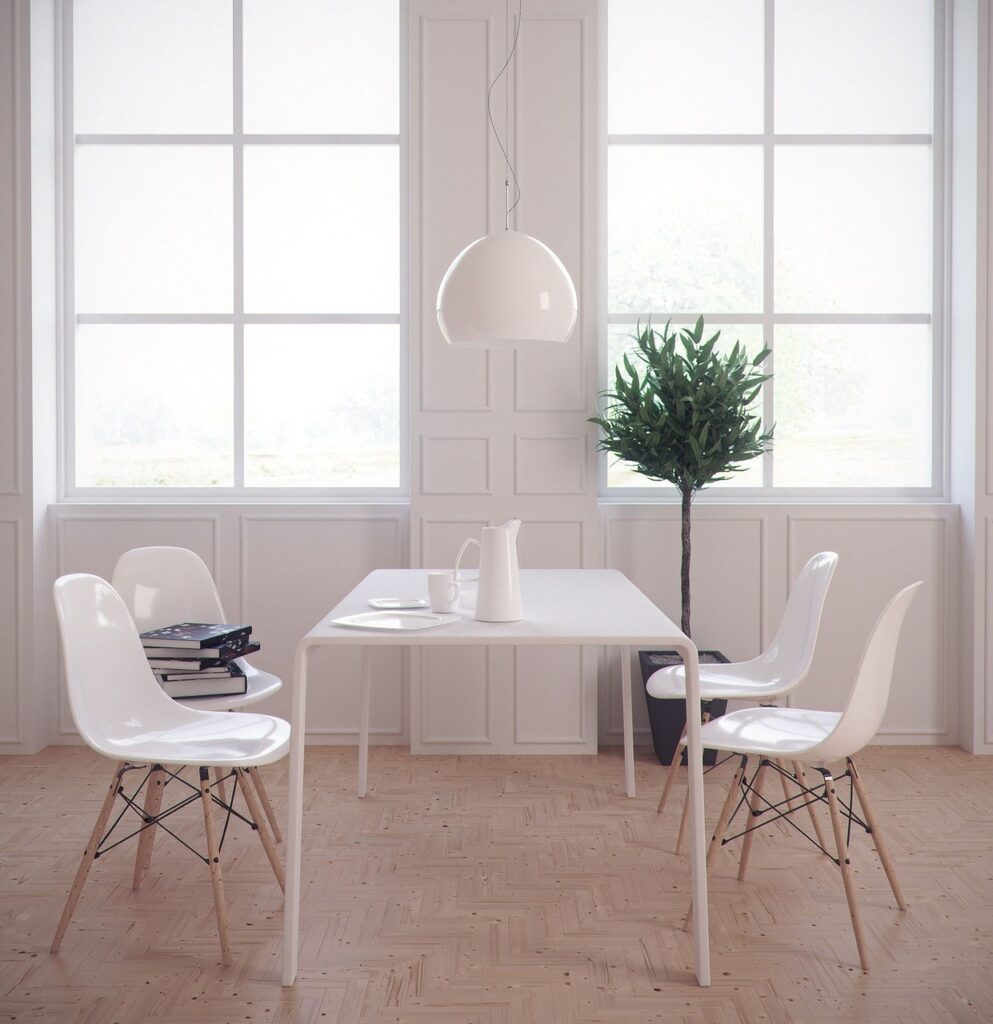
Minimalism in Art:
Artistic minimalism mirrors its design counterpart, with artists crafting works that prioritize simplicity and minimal details. The use of clean lines and unembellished forms is central to minimalist art. The focus is on creating pieces that provoke thought and emotion through a minimalistic lens. This less-is-more approach allows the viewer to connect with the artwork on a deeper level.
Just as in design, practicality plays a crucial role in minimalist art. Artists often employ unique and hidden storage solutions to maximize the functionality of their workspaces. By decluttering their creative environments, artists create an atmosphere conducive to the unfettered flow of ideas and creativity.
Conclusion:
Minimalism is more than just a design trend; it’s a lifestyle choice. Whether in design or art, it encourages the elimination of excess and an unwavering focus on the essentials. By embracing simplicity, minimalists create spaces and works of art that radiate serenity, functionality, and purpose. Minimalism is a journey towards clarity, inviting us to appreciate the beauty in simplicity and the elegance in restraint.
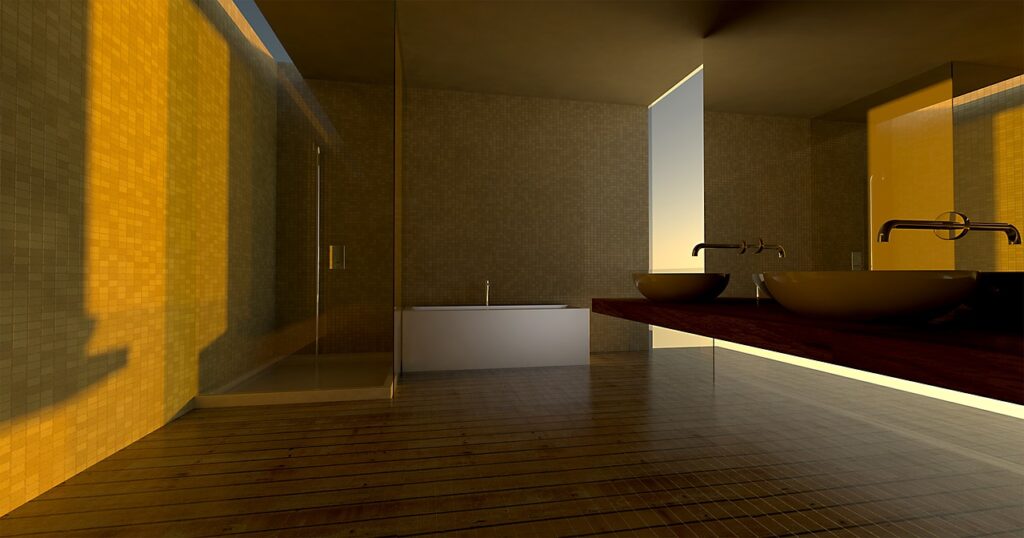
Understanding the Minimalist Style
Simplicity is essentially what minimalism is all about, and it applies not only to design but also to simplifying space and using minimal elements in each section. The term “minimalism” primarily conveys the idea of minimalism and the minimal use of elements. Minimalists aim to make spaces clutter-free and minimal in terms of decor and furnishings.
Minimalism in art is often described as a style characterized by extraordinary simplicity, simple geometric shapes, and the use of industrial materials. Its core content implies that by paying less attention to decorations and details, focusing on purity and simplicity, and removing the inherent beauty of architectural elements, any piece of interior design and furniture can have the greatest psychological impact on the environment and ultimately create a minimalist perspective towards the surroundings and one’s life.
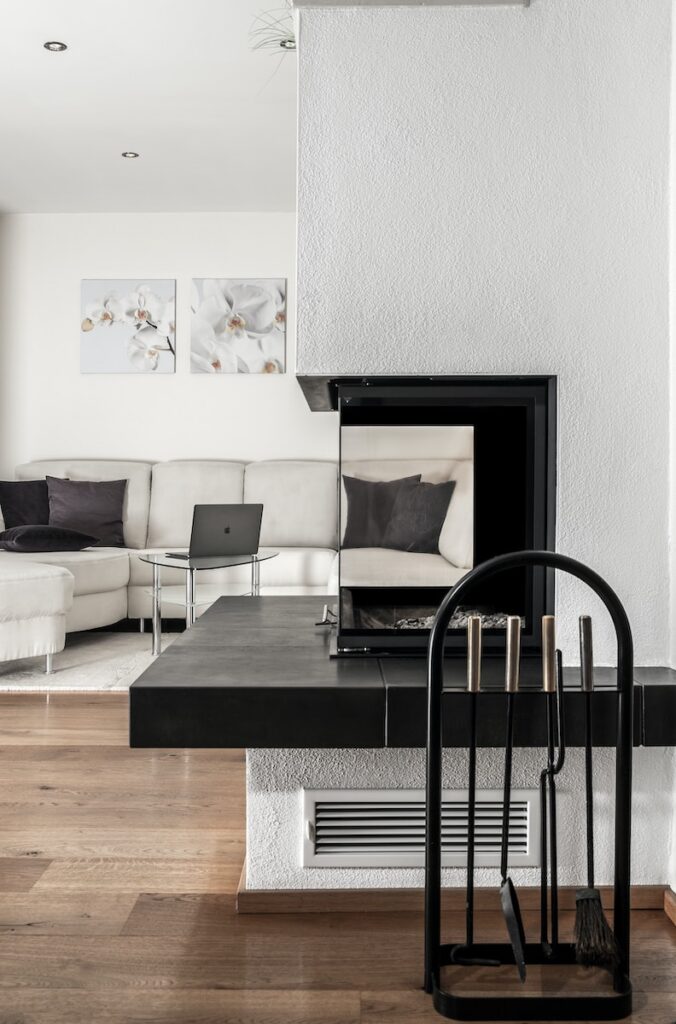
Minimalist Interior Design Style
“Simplicity” is the cornerstone of the “Minimal Decoration Style.” Some experts consider minimalist style to be a form of modern interior design that emphasizes functionality and the coordination of various elements in a space while reducing clutter or unnecessary design elements. Minimalist interior designers often express the idea that only a few elements are needed to highlight a space. For example, when highlighting a particular architectural feature intended for a room, designers can use a simple chandelier or a coat of plain paint on the wall.
This is done in a way that architectural structures and design elements do not contradict each other but are harmoniously blended, creating a delightful sense of aesthetics. In reality, the minimalist style is rooted in the concept of “less is more!” In this principle, functionality is emphasized over form.
In the context of minimalist decoration, tools are used for “testing usability.” If we place a table in front of a piece of furniture, the concept of functionality reminds us that the table is used for placing items such as a tea cup, a book, or any other object, but placing a buffet in the living room does not emphasize functionality; instead, it draws more attention to the form.
It’s worth noting that minimalism goes beyond just design and becomes a way of life for those who embrace it. The core principle is to simplify and declutter, focusing on what truly matters and eliminating the excess. Minimalism encourages a mindset of “less is more,” which can lead to a calmer and more fulfilling life.
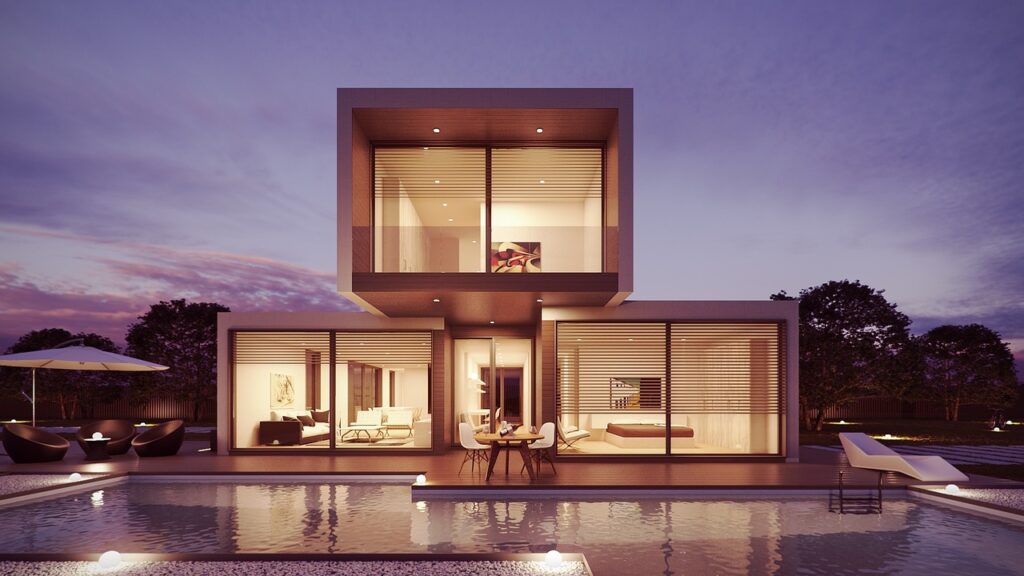
The History of Minimalist Style in Interior Design
Minimalist style first emerged in the realms of painting and sculpture. This style emphasized the use of a very simple method to express the language of art in a rich and profound manner. After years of development, the concept of minimalism continually improved and gradually transformed into a philosophical way of thinking.
The significance of minimal decoration extended beyond painting and sculpting, making a profound impact on fashion, culture, industrial design, visual arts, and various other fields. The energy crisis that arose in the 1990s provided new standards for preserving energy and environmental protection.
When the interior design industry was first influenced by minimal decoration, this style made its debut with modern and unique features. Minimalist style predominantly flourished in Germany, Northern Europe, and Japan. Northern European home designs are inherently simple and express joy and enthusiasm for life.
In Japan, minimal design focuses on the functional element. In a traditional Japanese house, there are no furnishings present. Furniture enters the space only during mealtime or rest, reflecting the “less is more” philosophy. Consequently, interior design in ancient Japan is defined in its purest form as “non-existence.”
This historical journey of minimalism exemplifies its profound influence on various aspects of design and life around the world.
